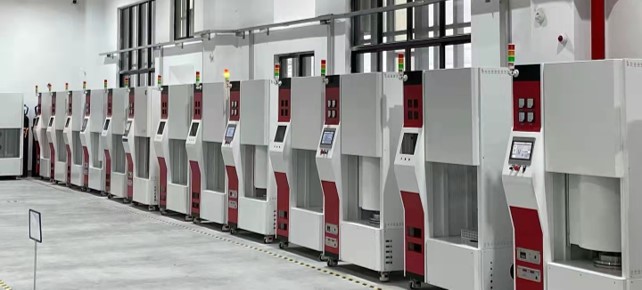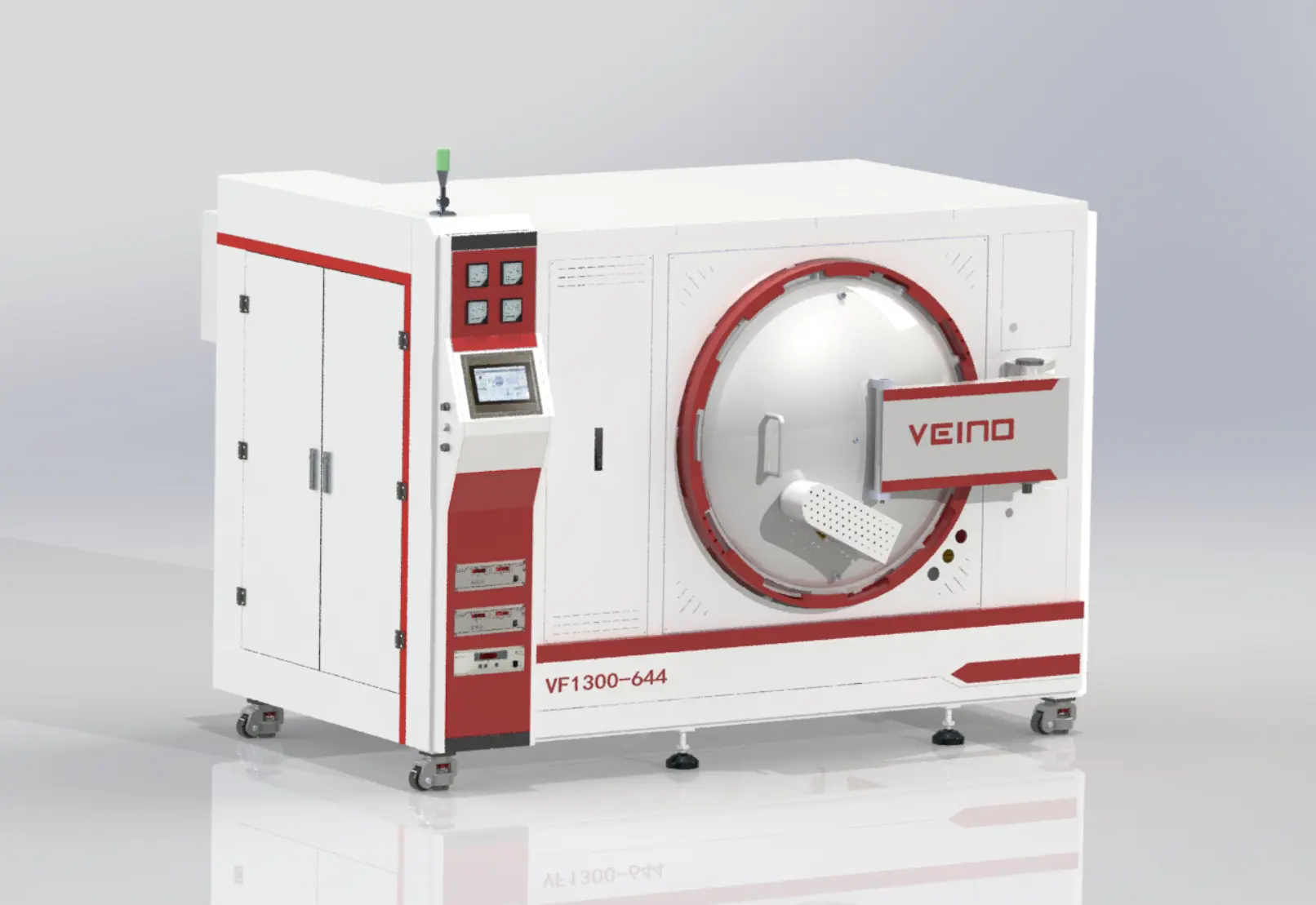Tube Furnace Use Precautions: A Complete Guide for Safe and Efficient Operation
Tube furnaces are essential in the industrial and laboratory setting where the precision of thermal processing is key. The cylindrical, high temperature furnaces find broad application in synthesis of materials, annealing, sintering and heat treatment of metals, ceramics and composite. Nevertheless, the safe and efficient utilization of any tube furnace is not only the matter of its design and quality but controlling its usage as well.
In Normantherm, we lay a lot of foundation on training, risk reduction, and other operating best practices. This article describes the precautions that should be taken by the users in order to promote safety and equipment integrity and to maximize the performance in case of working with a tube furnace.
What Is a Tube Furnace?
A tube furnace is a type of high-temperature heating device that consists of a cylindrical heating chamber and a refractory tube (typically made of quartz, alumina, or other ceramics) through which gases or materials are passed. It offers equal distribution of temperature in the tube, so it is suitable in thermal processing where the atmosphere is maintained.
At Normantherm, our vacuum tube furnace series supports temperature ranges up to 1800°C, with configurations for inert gas, vacuum, or reactive atmospheres.
Why Are Use Precautions Important?
Improper use of a tube furnace can lead to:
- Safety hazards (fire, explosion, electrical shock)
- Equipment damage
- Inaccurate results
- Downtime and repair costs
To avoid personnel injuries, hinder furnace degradation, and maintain constant processing performance, it is important that all safety and operational procedures be standardized.
1. Installation Precautions
a) Proper Placement
- Install the furnace on a stable, heat-resistant, and non-combustible surface.
- Maintain adequate clearance (at least 30 cm) around the furnace to allow for ventilation and maintenance access.
- Ensure the unit is placed in a dry, dust-free environment away from flammable substances.
b) Electrical Setup
- Connect to a dedicated power supply with proper grounding.
- Verify that the voltage and current ratings match those specified in the product manual.
- Use certified surge protectors to avoid electrical damage from fluctuations.
Tip: Always have a qualified electrician handle the initial installation if unsure.
2. Pre-Operation Safety Checks
Before starting the furnace:
- Inspect for cracks, loose wiring, or exposed heating elements.
- Check that temperature sensors (thermocouples) are properly calibrated and inserted.
- Verify the integrity of the furnace tube, ensure no contaminants or moisture are present.
- Ensure that gas supply systems (if used) are leak-free and properly connected.
3. Handling the Furnace Tube
The tube is the core of the system, made of quartz, alumina, or silicon carbide, and must be handled with care:
- Avoid rapid temperature changes which may cause thermal shock.
- Do not insert wet or cold samples into a hot tube.
- Always preheat samples and holders to a mild temperature before loading.
- Do not touch the hot tube with metal tools, use ceramic tongs or heat-resistant gloves.
Important: Cracks in the tube may not be visible but can cause hazardous leaks or breakage at high temperatures.
4. Temperature Control and Ramp Settings
Overheating or poor control can severely damage the tube and internal components.
- Always use the recommended ramp rate (generally 5–10°C/min unless specified otherwise).
- Never exceed the maximum rated temperature for the furnace or the material of the tube.
- Allow for natural cooling; forced air or water cooling can damage components unless designed for it.
- Use PID-controlled temperature controllers (standard in Normantherm furnaces) to maintain precise profiles.
Note: Uneven heating can also warp crucibles and damage thermocouples over time.
5. Atmosphere Control Precautions
Several high-temperature procedures mandate inert or reactive gas environments, e.g. argon, nitrogen, hydrogen, or oxygen. Key precautions include:
- Ensure the tube seals (o-rings, flanges) are gas-tight.
- Always purge the tube with inert gas (e.g., Argon) before introducing reactive gases like hydrogen.
- Use flow meters and pressure regulators to maintain stable conditions.
- Avoid using oxygen in graphite or metal element furnaces unless specifically rated for it.
Note: Hydrogen and other flammable gases pose explosion risks, so use only in properly ventilated spaces with leak detection systems.
6. Loading and Unloading Materials
Improper loading can result in sample contamination, tube damage, or inconsistent heating.
- Distribute samples evenly to avoid hot spots.
- Use ceramic boats or crucibles that match the thermal expansion profile of the tube.
- Do not overload the tube, ensure space for gas circulation and thermal expansion.
- Wait for the furnace to cool below 200°C before unloading materials, unless designed for hot unloading.
7. Monitoring During Operation
Even fully automated systems require observation during operation:
- Monitor temperature profiles regularly through the control interface.
- Check gas flow rates and internal pressures if using gas atmospheres.
- Ensure the exhaust system is functioning properly to prevent buildup of fumes or pressure.
At Normantherm, our digital control panels offer real-time monitoring, data logging, and alarms for added safety.
8. Post-Operation Procedures
After each use:
- Allow the system to cool gradually and completely before removing the tube or opening the furnace.
- Turn off gas supplies and electrical connections safely.
- Inspect the interior for residue buildup and clean if necessary using non-abrasive materials.
Note: Never clean or handle the tube immediately after high-temperature operation—it can lead to injury or micro-cracks.
9. Maintenance & Inspection
Regular maintenance increases the furnace’s lifespan and performance reliability.
- Inspect thermocouples, heating elements, and insulation every 3–6 months.
- Replace worn seals and gaskets in vacuum/gas systems.
- Check calibration of the controller annually.
- Keep a maintenance log documenting usage cycles, repairs, and replacements.
Note: Normantherm offers optional AMC (Annual Maintenance Contracts) for all furnace models.
10. Training and Documentation
All operators should be trained in:
- General furnace operation
- Emergency shutdown procedures
- Safe handling of materials and gases
- Basic troubleshooting
Note: Ensure that the user manual, safety data sheets (SDS) for gases/materials, and emergency protocols are always accessible.
Why Choose Normantherm for Your Tube Furnace Needs?
The vacuum and tube furnaces of normantherm are relied upon by the industries such as aerospace, medical, automotive, electronics, and research laboratories. Here’s what sets us apart:
- Over 15 years of experience in furnace manufacturing
- Over 80 models of customizable furnace systems
- Precision control, atmosphere adaptability, and vacuum capabilities
- Global shipping, remote consultation, and technical support
- ISO and CE-certified quality management
Conclusion
Correct use and handling techniques of a tube furnace play a significant role; more so on safety, and on optimum performance and useful life of equipment. Adhering to the installation precautions listed in this guide, temperature control, and atmosphere management as well as maintenance will provide to you safe, efficient, and reliable thermal processing.
Normantherm is also advancing engineering-based solutions meeting your process requirements, to support you globally in a business environment with high awareness of excellence.
You may also like

The Future of 3D Printing in Heat Treatment: How Normantherm is Leading the Way.

Vacuum Brazing Technology: The Key to Stronger and More Durable Joints.

